
bertie_bassett
-
Posts
49 -
Joined
-
Last visited
Content Type
Profiles
Forums
Articles
Gallery
Downloads
Events
Posts posted by bertie_bassett
-
-
Yes thats what i was thinking too, the triangles sketched on the right side are 60 ish degrees.
Looking again i need to rethink the sizes, 2" is far bigger than anything i'm likely to need. Dont want to lift it more then once so need to decide and commit to something
-
picked up a few bits on my travels recently, the wood and large bolts are reclaimed from set of groynes off the Norfolk coast. I assume the bolts are something other than mild steel as they haven't corroded all that much. Might see if there is a mantle piece hiding in the wood but chances are it is too badly split.
The big lump of steel is 8" wide by about 1.5" thick looks to have been cut with a torch so it steel rather then cast iron. suspect its tractor related as found it on an old farm. may try machining it into a swage block but open to suggestions.
and as for the "tongs" they were in a valve house next to very large 1930's water tower, think they were repurposed from elsewhere and used to turn a square valve stem.
-
-
would using the split cross method not work if you simply do not overlap your splits? if you leave leave a solid piece 1/2 your stock thickness then i think it should all match up.
alternatively upset the middle of a bar and then draw out the arms. seems a hard way to do this though.
-
pnut, that's a handy little anvil and the horn looks a lot more cone shaped then mine! for mounting i simply made a 6mm thick washer and lag bolted it down through the holes in the base. seems to be holding up fine although i should have used some lead or caulk to dampen the noise a bit.
-
Neal - try using a mix of 10p's and 2p's the tens are a cupro nickle and are only a tad smaller than the twos. Gives a nice silver and copper mix althought the brass looks nice too
-
those faces look to have welded on well David.
iv had this week off work mostly been putting up fencing but managed a few jobs on the shop.
first up was a table for my bandsaw when in vertical mode. Made it a lot more complicated then it looks and spend a fair bit of time on my mill but should work nicely.
the mains part is bolted permanently and lets the saw be used in horizontal mode, the front section slots on when needed.
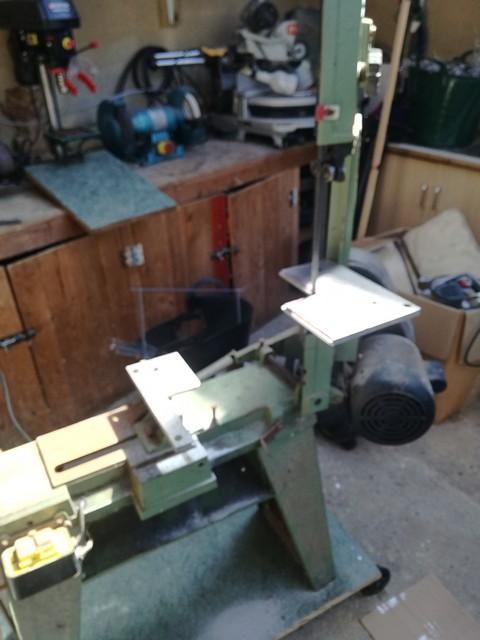
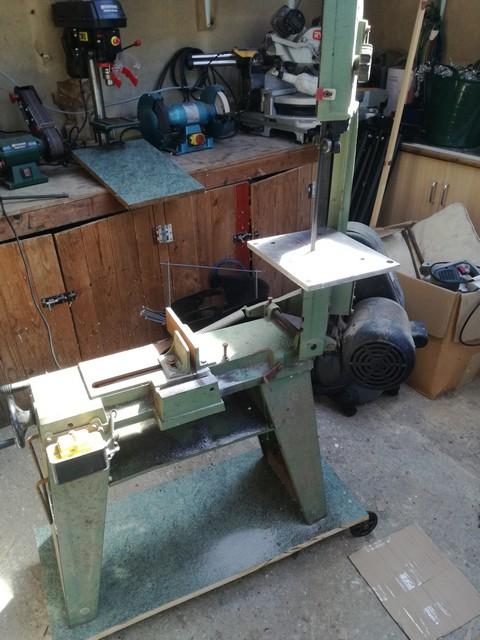
after that i managed a bit of time at the anvil. knocked up a test hook and then couple of hooks for my sisters birthday, i punched a hollow then drilled through on the final hooks but perhaps should have just used a smaller punch. surprisingly making four small nails took me a lot more time then i thought but got there in the end. the square ones are just dummy heads to hide the mounting screws.
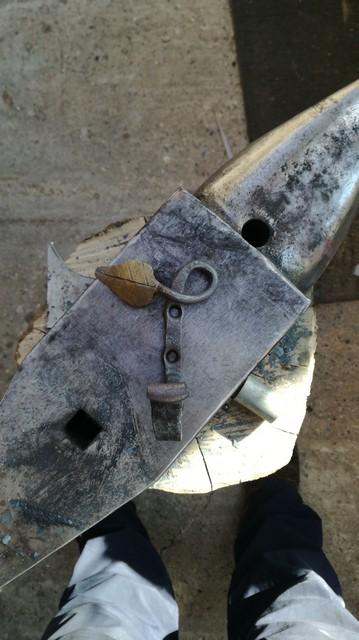
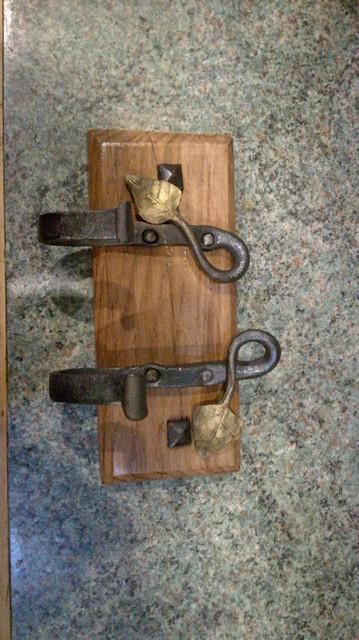
-
you could always bolt a bit of square tube to the heel area, rather than welding. you should be able to drill and tap the wrought iron body without too much trouble. Its only there to stop the tool moving around, the anvil itself will take the pounding.
another option is to drive a bit of sq tube into the base/stand, would need to be at the side rather then the heel to get a straight drive down to the base.
or you could just forgo the hardy hole altogether and just make saddle tools.
lots of way to skin the cat.
-
thanks side blast is what i was thinking. wont be for a long time yet though.
-
many thanks Pnut, im sure those links will help a lot of newcomers get started without the need for going out unnecessarily.
i keep thinking of a 55 drum forge myself but could never find the link. Got too many other jobs at the moment though, plus still working full time so it may be a while till i get some shop time.
-
a little tip for helping with aligning your tap.
tap from the inside out, as long as your drilled hole is centered then you simply have to keep the rear of the tap centered with the fitting.
only works for parallel threads but should get you close enough.
-
if you can mount it solidly at the right height im sure it will feel a lot better and help you on your learning curve.
another option perhaps for the future might be to flip it 90 degrees clockwise ( as viewed from the first photo) and then build a base to hold and support it solidly. the working face would be smaller but it would have more mass under the hammer and you would also be able to use the round section as a horn for drawing out.
for now the big wide surface will help you to position the work and not be dropping things all the time whilst learning.
-
indeed its an easy mistake to assume that the fittings and manufacturing process will all be true and parallel. a quality fitting should be fine but even known sources can cheap out on parts and cause issues.
fortunately it is easy to check most of these things prior to drilling and to accommodate manufacturing 'features'
-
when you go to make your t burner check over your fittings first, i put one together last weekend before i realised the 'T' had been tapped crooked.
looks good from a distance but means the mig tip is misaligned and the jet will hit the side wall.
good job i bought two of everything, next time ill chuck the mixing tube in the lathe rather then using the T itself for alignment.
-
well i havent manged any actual iblacksmithing but instead i have continued my coppersmithing, originally planned as a simple mother's day gift but as i wont be seeing her for at least 12 weeks it thought i would make it a bit bigger and add a few more bits.
currently picking in ascorbic acid to clean up any scale, then i might add wildlife. perhap a dragonfly or bee.
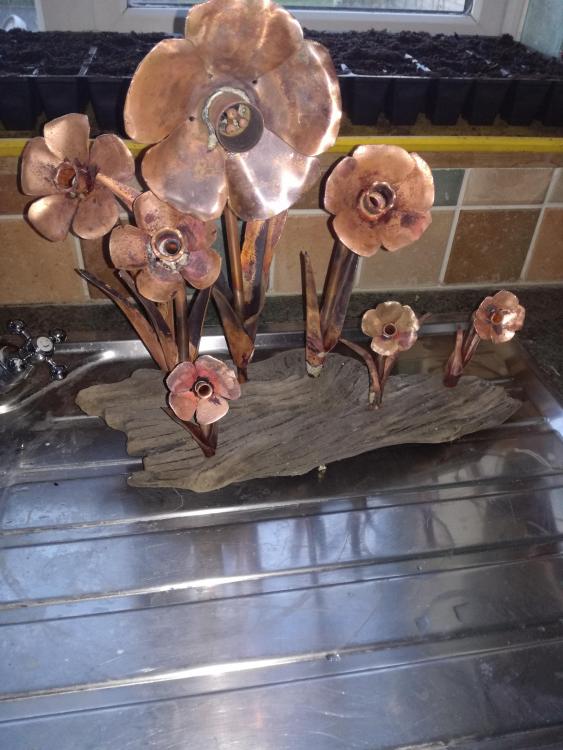
not sure what to do with the wood, its a bit of drift wood which has also got some wood worm holes. they look to be before the wood went for a swim so i'm not worried about further damage but i would like to stabilize the wood bit.
-
How does it run?? a pic or two of the flame would be most helpful for everyone her to give an opinion and advice.
your forge shape is interesting, usually the flat part is at the bottom to give you a 'floor' to set things on. would be interesting to see how your variation works.
from what i can see your burner is similar in principle to a reil burner, depending on what you gas flow is like out of that weed burner tip it may work satisfactorily but the pics will tell us more.
most importantly does it run safely? and does it get metal hot enough for you?
-
iv forged stainless a fair bit over the last year or so, only in small diameters for pendants and similar objects. it is quite tough to hammer on but if you keep it hot it moves ok.
it also likes to crack on thin sections, again working hot seems to give less issues.
normally ill give it a good scrub whilst hot then soak it in warm citric acid. once you have cleaned it up it can look lovely.
-
lovely work, that twisting jig looks rather handy
-
glad you have managed to locate some, its handy to have around for flux so it wont be wasted if you get too much.
once i have some time ill have to check what my new anvil stand is, my dad dropped a log off last weekend but i didnt pay any attention as to what is was. im sure it will be fine though and i can at least get things the right height.
-
i bought a few kg's off amazon or ebay a year or so ago, so im sure it is still available over here.
i think iv still got most of it unused as iv not yet got my forge up to welding temp yet. if you cant get hold of any i can probably drop some over to you. I cross the river and pop up to Nawich from time to time.
iv used a random bits of pine for dishing hot metal on a few times and it didn't seem any worse than any other wood iv used. i do always check everything is out and cold after each sessino though as im currently in a wooden workshop with exposed polystyrene insulation.
-
just a couple of simple openers for xmas presents, not sure if the dice needs some more twist.
probably best to quit while im ahead.
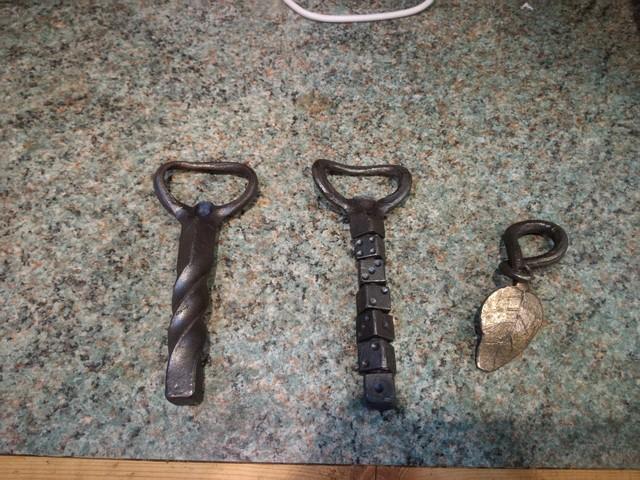 just
just
-
+ 1 for keeping the crosses nice and hot. my one is stainless so even with keeping it as hot as possible it still has a few cracks in it

-
i think ill be doing a couple of dragon head pokers and most likely some more stuff in stainless.
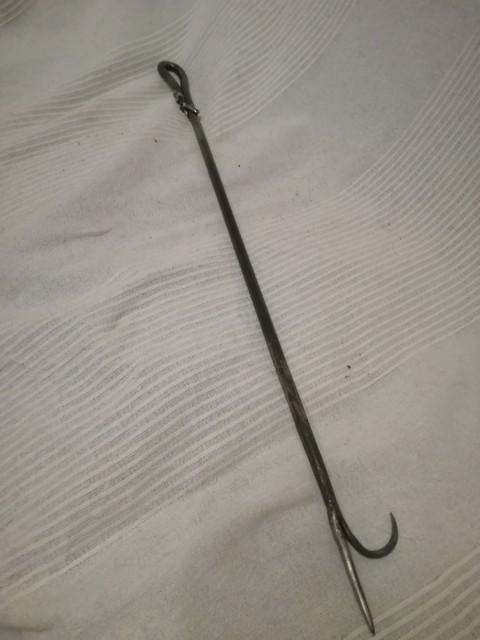
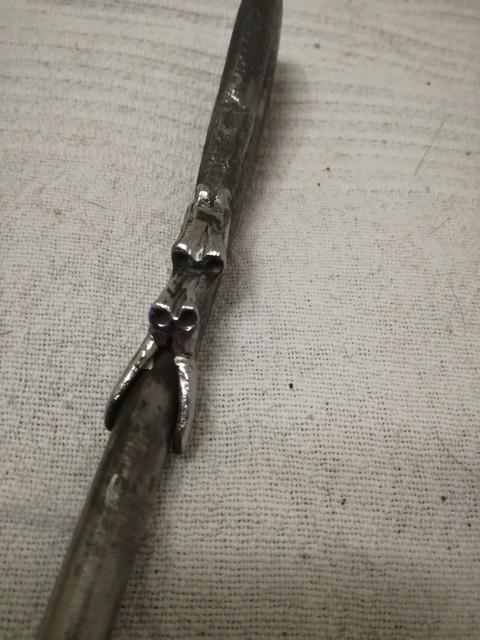
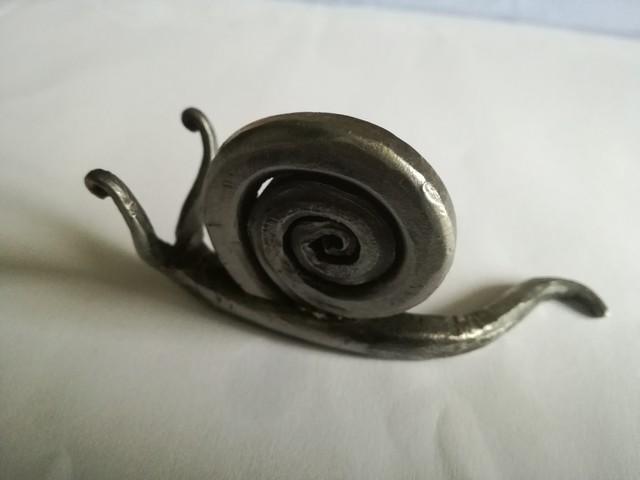
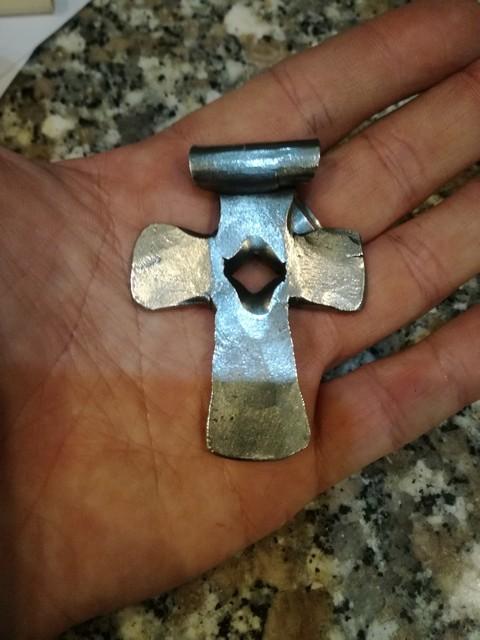
although i its not an offence here might also go back to some copper or silver smithing.

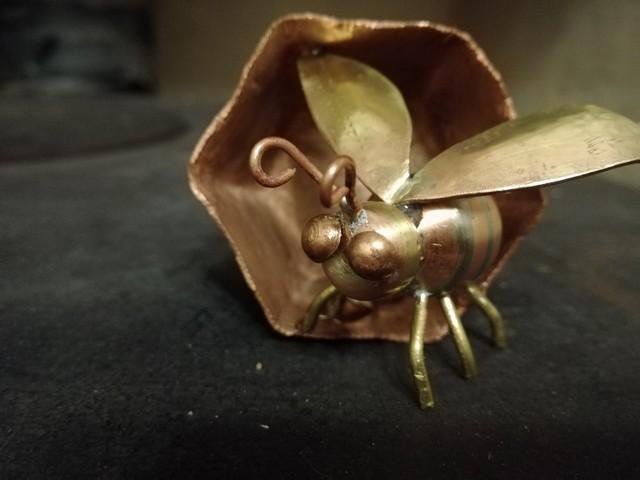
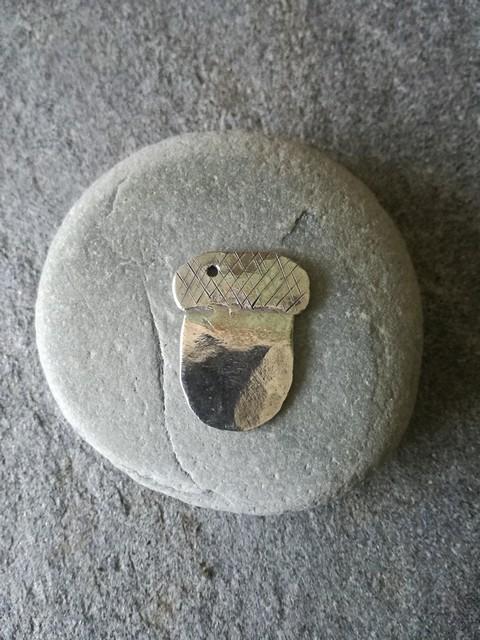
-
well i bit the bullet and ordered one up. according to UPS its currently in Brussels and will be here by friday afternoon.
iv also got some steel stock to pick up at the weekend so should be able to give it a test sunday.
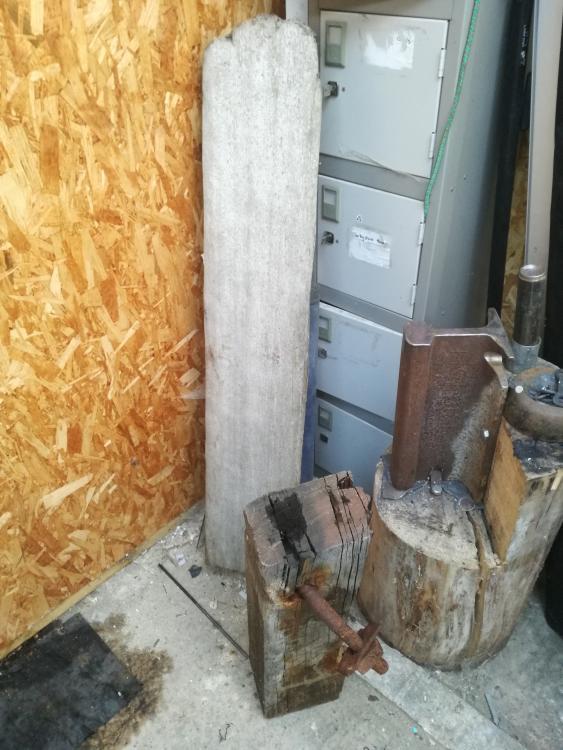
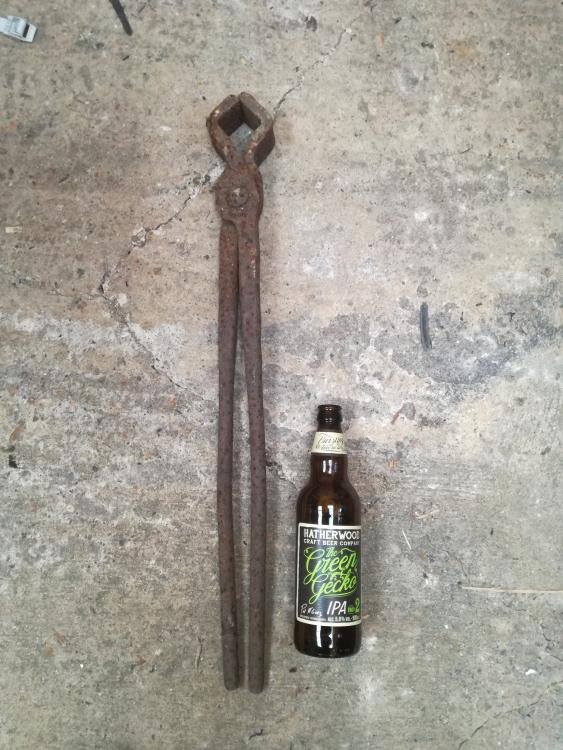
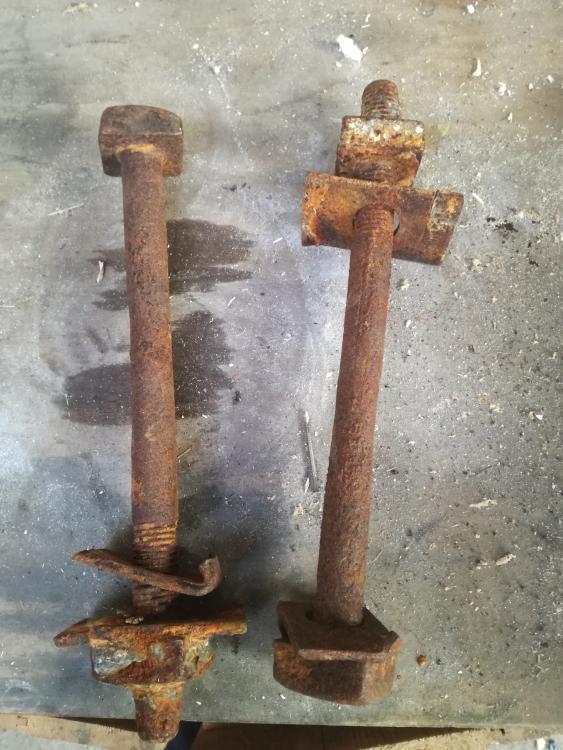
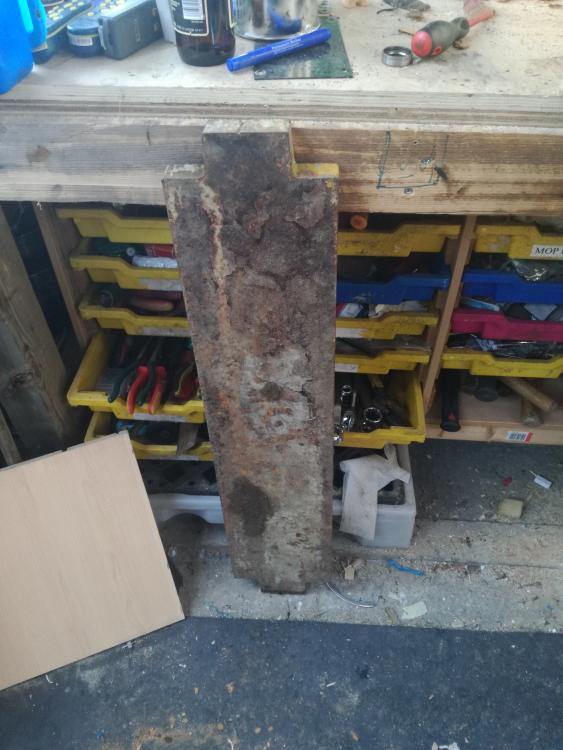
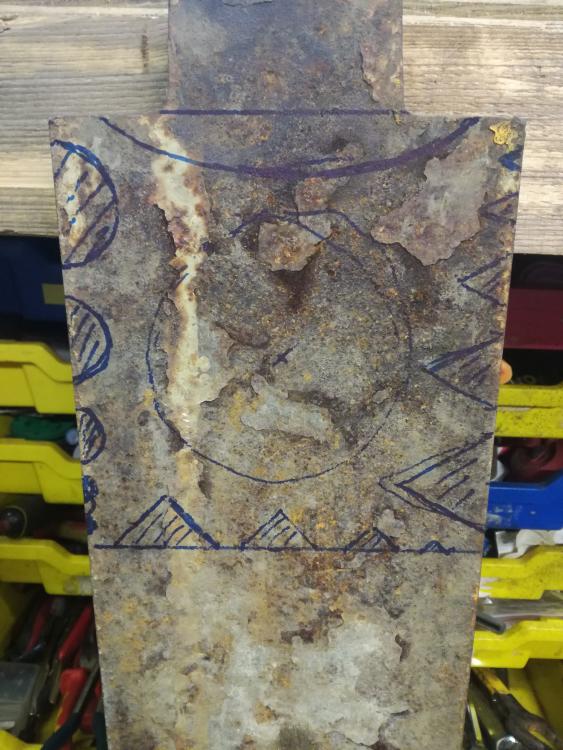
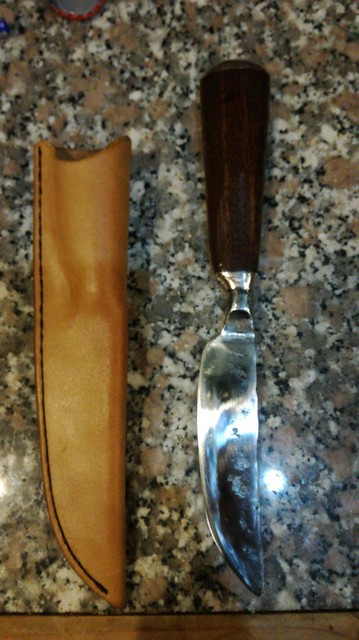
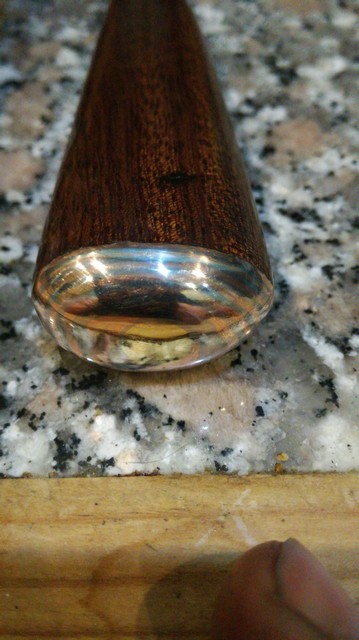

It followed me home
in Blacksmithing, General Discussion
Posted
Its always amazing how valuable a good drink is. I do a fair few of odd jobs for friends and neighbors, never like to charge money but always happy to receive a beer or scotch.